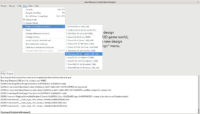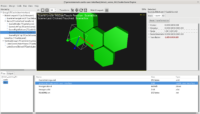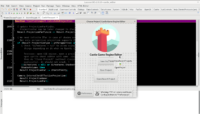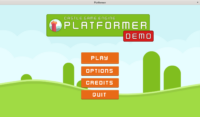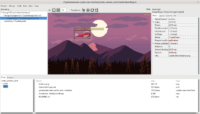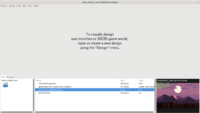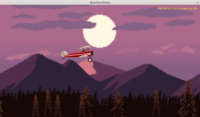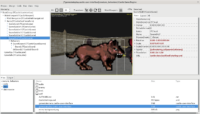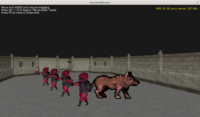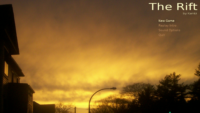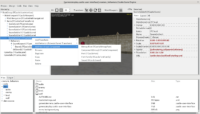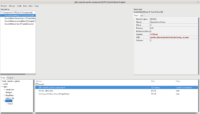 |
 |
 |
Important fixes:
- Editor on Windows: Fixed a random crash when doing F9 on Windows.
-
Fixed physics crash on i386 (32-bit CPUs)
-
Editor UI fix: Alt+tab and back no longer clears selection, no longer resets the preview in bottom-right corner.
-
Fixed
castle-engine package-source– it was accidentally by default creating azipfile, but withtar.gzextension. Now it correctly by default creates azipfile withzipextension, it also reacts correctly to--package-format=targz.
Website improvements:
-
API docs searching for short/common words like
XorUpfixed. -
We have a new page Gallery -> Assets (3D and 2D Graphics, Sound) listing various useful places where you can download good quality assets (graphics and sounds) for your CGE games.
It just lists a few sites with good quality stuff useful with CGE. The list is absolutely very subjective, based on my (Michalis) opinion and just reflecting what I’m using myself when I need a ready graphic/sound. I like good quality things, useful in games, and free on clear open-source licenses (although I’m OK when the site has paid assets too — e.g. I’m cool with recommending Sketchfab, as long as they also support assets on open-source licenses).
Before you ask: Yes, we should have Castle Game Engine Asset Store some day 🙂 In the meantime, I would encourage to submit to OpenGameArt.org assets with
[CGE]in the name (this has been approved by OGA moderators as the way to go). -
Simpler talk to us page to show the 4 important ways of contact: Discord, forum, GitHub issues, Patreon.
Small engine improvements:
-
We have an automatic tool to check correctness of our Lazarus packages in tools/internal/check_lazarus_packages/. This checks that our LPK contain all the necessary files (which also means they’ll be recompiled on changes), and is automatically run by our Jenkins after every commit / on every new branch to check it.
-
New simple demo examples/user_interface/test_all_state_events, replaces old
examples/window/window_events.
